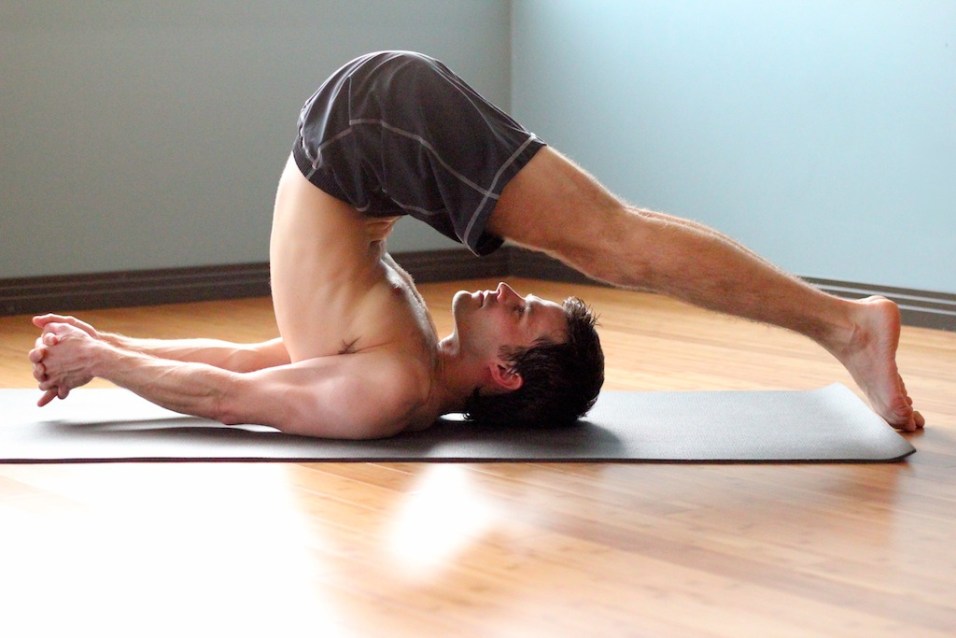Gurjone Plywood is viewed as one of India’s top Plywood Makers and Providers. They give the best plywood in Udaipur. Gurjone will meet each of your prerequisites exactly, adhering to the entirety of the important security and quality boundaries as set by Indian principles. As plywood makers and providers in India, we use IS:303 endorsed materials in our items, ensuring an enduring item for you. One central issue for clients is the openness of plywood to termites, however with Gurjone as your plywood providers, this won’t be an issue. We subject our unrefined substances and finished merchandise to a battery of tests and medicines. Plywood is the most famous development material because of its solidarity, minimal expense, and extensive variety of uses. It is one of the main materials for a furnishing business and Gurjone has the best plywood in Udaipur.
Plywood: All Subtleties
Plywood is a material produced using thin layers or “employs” of wood facade that are stuck together, with neighboring layers’ wood grain pivoted up to 90 degrees to each other. An engineered wood has a place with a similar family as medium-thickness fiberboard (MDF), situated strand board (OSB), and molecule board (chipboard).
To frame a composite material, all plywoods bind resin and wood fiber sheets (cellulose cells are, areas of strength for long, thin). Cross-graining is a grain modification that enjoys a few significant benefits: it decreases the inclination of wood to part once nailed at the edges; it lessens development as well as shrinkage, providing worked on layered steadiness; thus it makes the board’s solidarity reliable across all headings. The sheet is typically adjusted by having an odd number of utilizes, which decreases warping. Plywood has a high solidness opposite to the grain course of the surface plywood since it is reinforced with grains running against one another and with an odd number of composite parts.
Primary Qualities
Face facade on an ordinary plywood board are of greater than center facade. The center layers’ essential capability is to increase the detachment between both the external layers where the bending stresses are most noteworthy, consequently increasing the board’s bending obstruction. Accordingly, thicker boards can traverse longer distances while carrying similar burdens. Greatest pressure happens in the furthest layers of bending, one in strain and the other in pressure. Bending pressure diminishes from its top in the face layers to approach zero in the focal layer. Shear pressure, then again, is more prominent in the focal point of the board and at the board’s external strands, Gurjone gives generally that the best plywood in Udaipur.

Kinds of Plywood
Softwood
Softwood plywood is regularly made of cedar, Douglas fir, or tidy, pine, and fir (otherwise called tidy pine-fir or SPF) or redwood and is utilized for development and industrial purposes.
Hardwood
Hardwood plywood is produced using dicot trees (oak, beech, and mahogany) and is utilized for demanding applications. Hardwood plywood is distinguished by its high strength, firmness, solidness, and creep obstruction. It has high planar shear strength and effect opposition, making it ideal for substantial floor and wall structures. The wheel-carrying limit of situated plywood development is high. Hardwood plywood has a high surface hardness and protection from harm and wear.
Tropical
Tropical plywood is produced using an assortment of tropical hardwood species. It originated in Asia and is presently delivered in African and South American nations. Tropical plywood beats softwood plywood concerning thickness, strength, layer equity, and generally speaking quality. In the event that it is produced to exclusive requirements, it is generally sold at a higher cost than normal in many business sectors.
Airplane
High-strength plywood, otherwise called airplane plywood, is produced using mahogany, tidy, or potentially birch with intensity and moistness safe cements. Underlying airplane grade plywood is normally produced using African mahogany, tidy, or birch facade fortified together in a hot press over hardwood centers of basswood or poplar or European birch facade all through. One more kind of flying grade plywood is basswood, which is lighter and considerably more adaptable than mahogany and birch plywood however has somewhat less underlying sturdiness.
Adaptable
High-strength plywood, otherwise called airplane plywood, is produced using mahogany, tidy, and additionally birch with intensity and dampness safe cements. Underlying airplane grade plywood is commonly produced using African mahogany, tidy, or birch facade fortified together in a hot press over hardwood centers of basswood or poplar or European birch facade all through. One more sort of avionics grade plywood is basswood, which is lighter and considerably more adaptable than mahogany and birch plywood yet has somewhat less primary sturdiness.
Marine
Marine plywood is produced using extreme face and center facade with few defects, so it endures longer in muggy and wet conditions and opposes delamination and contagious assault. Its plan permits it to be utilized in conditions where it will be presented to dampness for broadened timeframes. Every wood facade will be produced using tropical hardwoods and will have an irrelevant center hole, reducing the chance of water trapping in the plywood and consequently providing a strong and stable paste bond. It, as most outside plywoods, utilizes an outside Climate and Bubble Evidence (WBP) stick.



